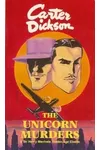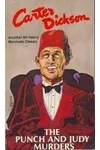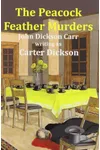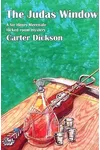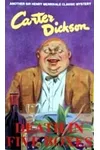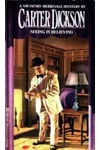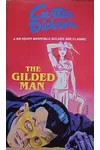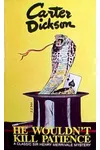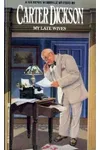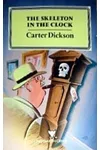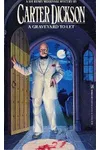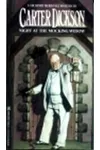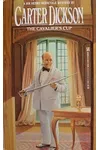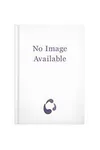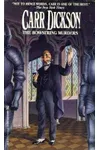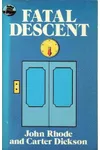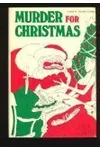Picture an American storyteller who spun baffling mysteries that left readers spellbound—meet Carter Dickson! Known as the pseudonym of John Dickson Carr, this master of the 'locked room' mystery captivated the Golden Age of detective fiction with his ingenious plots and vivid British settings. From Pennsylvania to England, Dickson’s tales of impossible crimes still thrill mystery lovers today.
The Making of Carter Dickson
Born in 1906 in Uniontown, Pennsylvania, John Dickson Carr, writing as Carter Dickson, grew up with a love for storytelling and a fascination with puzzles. Influenced by the intricate mysteries of G.K. Chesterton and Arthur Conan Doyle, he began crafting his own tales in the 1920s. After moving to England in the 1930s, Carr immersed himself in British culture, which shaped the authentic settings of his Dickson novels.
His early career blossomed with short stories and novels, but it was under the Carter Dickson pen name that he introduced the larger-than-life detective Sir Henry Merrivale, whose boisterous charm and sharp mind solved the unsolvable. This transatlantic journey fueled his unique blend of American energy and British wit.
Carter Dickson’s Unforgettable Stories
Carter Dickson’s novels are a masterclass in the locked room mystery, where crimes seem impossible yet unravel with clever logic. His most famous work, The Hollow Man (1935), often hailed as the greatest locked room mystery ever, features a murder in a sealed room with no apparent escape. Its legendary 'locked room lecture' chapter is a love letter to the genre’s ingenuity.
Other gems include The Judas Window (1938), where a man is found dead in a locked room with a single suspect, and The Peacock Feather Murders (1937), a chilling tale of a seemingly supernatural crime. Dickson’s style sparkled with witty dialogue, atmospheric settings, and a knack for making the impossible feel plausible, all anchored by Sir Henry Merrivale’s larger-than-life presence.
His plots often wove historical and gothic elements, reflecting his fascination with the past. Whether it was a cursed artifact or a vanishing corpse, Dickson’s stories kept readers guessing until the final page, blending suspense with a playful nod to the genre’s traditions.
Why Carter Dickson Matters
Carter Dickson’s influence on detective fiction is undeniable. His locked room mysteries set a gold standard, inspiring authors like Agatha Christie and modern writers like Paul Halter. By blending American bravado with British sophistication, he brought a fresh voice to the Golden Age, making his works timeless. His ability to craft puzzles that were both fiendishly complex and emotionally engaging keeps readers returning decades later.
Beyond his novels, Dickson’s legacy lives in the enduring appeal of the locked room trope, from books to TV shows like Death in Paradise. His stories remind us that a great mystery isn’t just about the solution—it’s about the journey.
- Born: November 30, 1906, Uniontown, Pennsylvania
- Key Works: The Hollow Man, The Judas Window, The Peacock Feather Murders
- Died: February 27, 1977
- Notable: Created Sir Henry Merrivale, a boisterous detective
Ready to unravel a mind-bending mystery? Grab The Hollow Man and dive into Carter Dickson’s world of impossible crimes!



